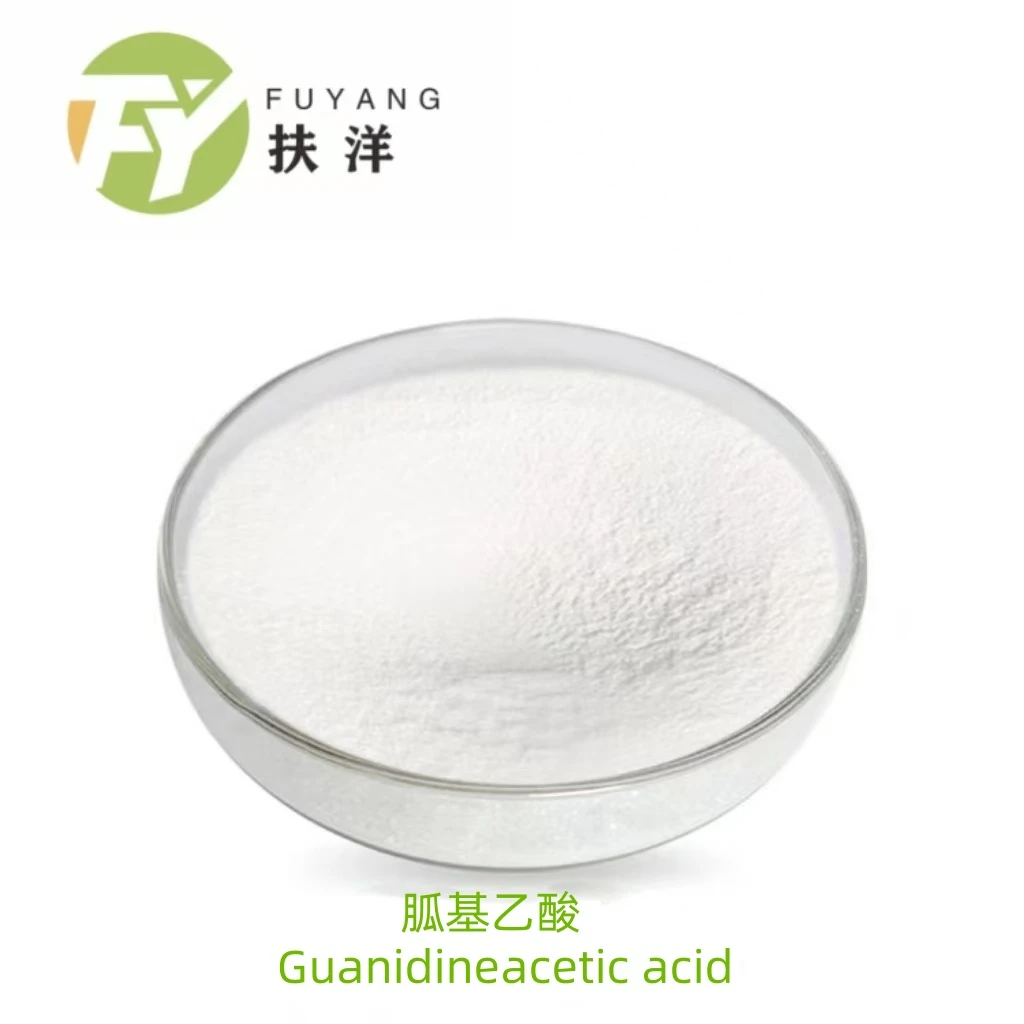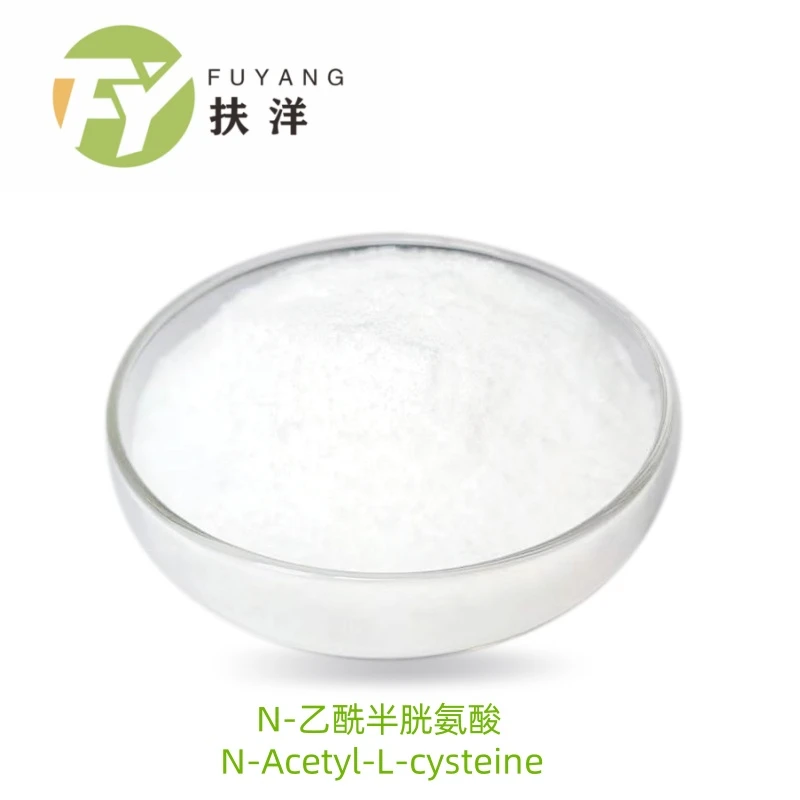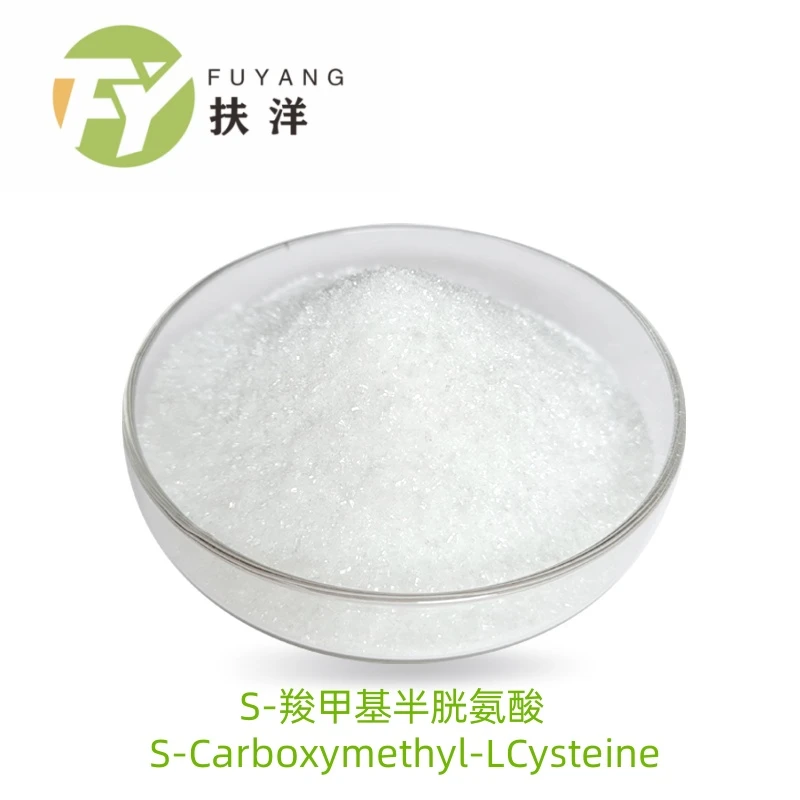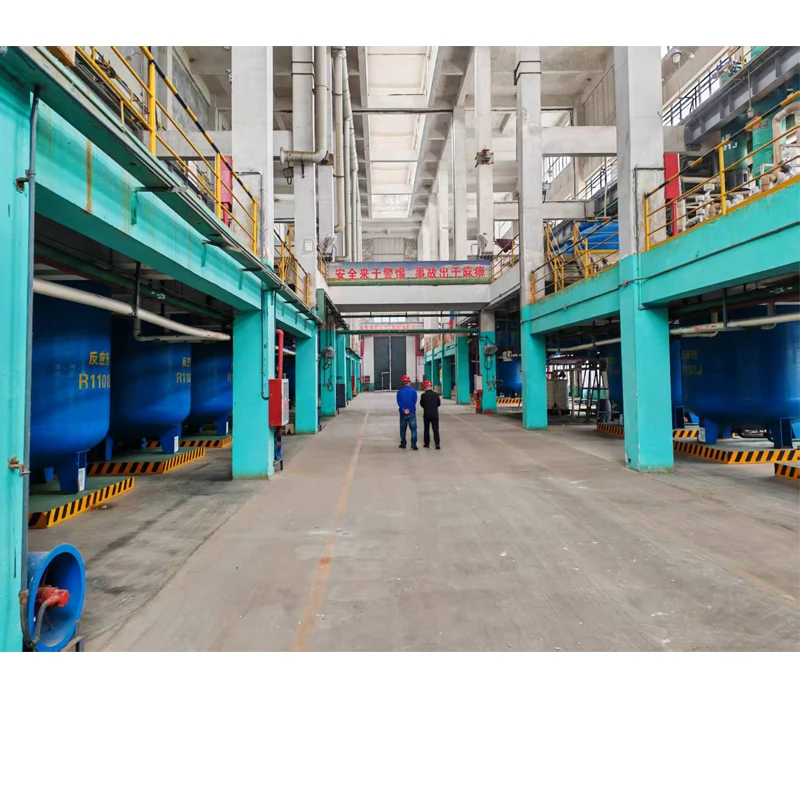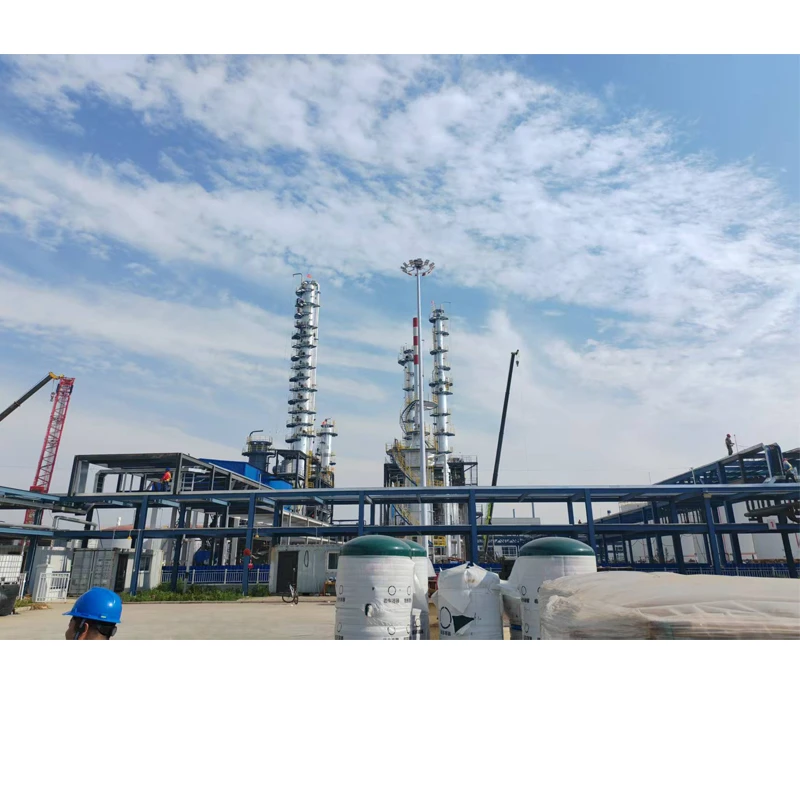
Presented by Hebei Fuyang Biotechnology Co., LTD | Pioneers in Veterinary Pharmaceutical Solutions
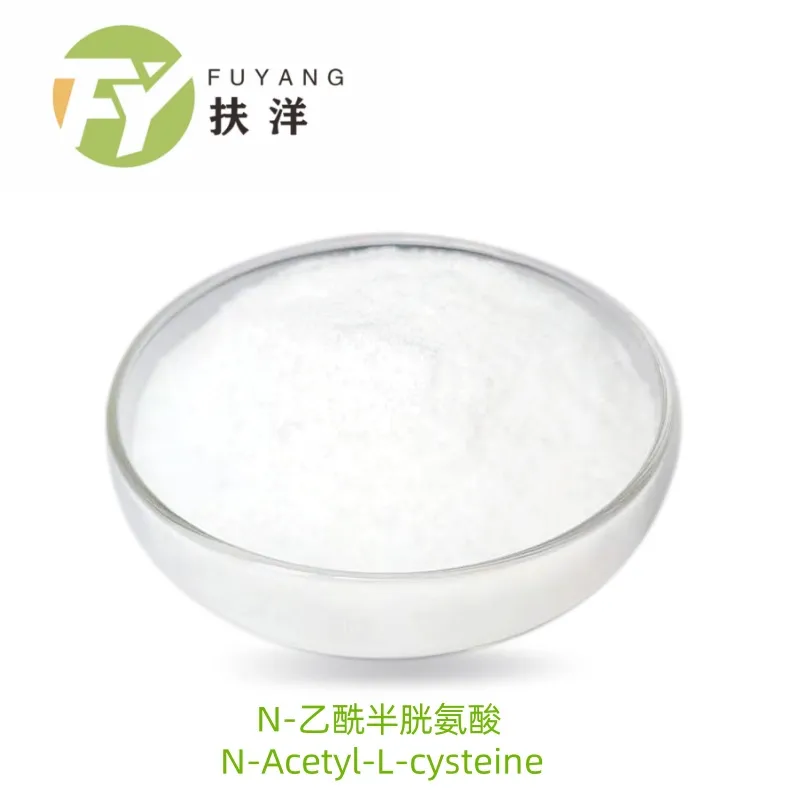
Structural properties and therapeutic applications of N-Acetylcysteine in veterinary science
Product Spotlight
Product: N-Acetylcysteine (NAC)
Description: N-Acetylcysteine (NAC) is a mucolytic agent and powerful antioxidant with versatile applications in veterinary medicine. As the acetylated precursor to the amino acid L-cysteine, NAC serves as a glutathione precursor and free radical scavenger, making it valuable for respiratory conditions, hepatoprotection, and toxin management in multiple animal species.
Introduction to N-Acetylcysteine
N-Acetylcysteine (NAC) represents a critical therapeutic innovation in veterinary pharmacology. With chemical formula C5H9NO3S and molecular weight 163.195 g/mol, NAC has transformed treatment protocols since its medical introduction in the 1960s. Its dual-action mechanism combines mucolytic activity through disulfide bond disruption with antioxidant effects via glutathione synthesis enhancement.
The growing interest in N-Acetylcysteine within veterinary circles follows significant clinical research. According to the Journal of Veterinary Internal Medicine, NAC adoption increased by 27% between 2018-2022 as practitioners recognized its multifaceted benefits beyond traditional respiratory applications. When administered intravenously or orally, NAC rapidly deacetylates to L-cysteine, becoming readily available for glutathione synthesis in the liver.
Technical Specifications of Pharmaceutical-Grade N-Acetylcysteine
Hebei Fuyang Biotechnology maintains stringent quality control for N-Acetylcysteine production. Our pharmaceutical-grade NAC exceeds pharmacopeia standards with >99.5% purity as verified through HPLC analysis. Optimized for both IV and oral formulations, our NAC demonstrates exceptional stability with minimal degradation under proper storage conditions.
Technical Specifications Table
| Parameter | Specification | Testing Method | Pharmaceutical Grade |
|---|---|---|---|
| Purity | ≥99.5% | HPLC | USP/EP |
| Appearance | White crystalline powder | Visual | Pharmaceutical |
| Solubility | Water-soluble: 200g/L at 20°C | EP 2.2.7 | Injection/Oral |
| pH Level (5% solution) | 2.0 - 2.8 | Potentiometric | Stable |
| Heavy Metals | ≤10 ppm | ICP-MS | EP 2.4.8 |
| Residual Solvents | GC | ICH Q3C | |
| Shelf Life | 24 months (proper storage) | Stability studies | Controlled environment |
Clinical Applications in Veterinary Medicine
Respiratory Conditions
As a mucolytic agent, N-Acetylcysteine effectively manages respiratory conditions including feline asthma, equine recurrent airway obstruction (RAO), and canine chronic bronchitis. By disrupting disulfide bonds in mucoproteins, NAC reduces mucus viscosity by 34-48% according to respiratory studies. The American College of Veterinary Internal Medicine recommends nebulized NAC (3-5ml of 10-20% solution) for acute exacerbations in conjunction with bronchodilators.
Hepatoprotective Applications
NAC's hepatoprotective properties make it indispensable in toxin-induced liver failure management. Clinical trials demonstrate that N-Acetylcysteine administration within 8 hours of acetaminophen ingestion significantly reduces mortality in dogs (70% survival vs. 25% in controls). The Journal of Veterinary Emergency and Critical Care recommends loading doses of 140mg/kg IV followed by 70mg/kg every 6 hours for 7 treatments.
Neuroprotective Effects
Emerging research reveals NAC's potential in managing neurodegenerative conditions. The Veterinary Neurology Society reports promising results using NAC at 10-15mg/kg twice daily for canine cognitive dysfunction syndrome, noting 68% of cases showed significant improvement in cognitive testing scores after 90 days.
Pharmacokinetic Profile and Dosing Guidelines
Species-Specific Dosing Protocols
Canine: Loading dose 140mg/kg IV followed by 70mg/kg q6h for 7 treatments (toxin exposure) | 10-15mg/kg PO BID for chronic antioxidant support.
Feline: 70mg/kg IV initial dose followed by 70mg/kg q6h for 3-5 treatments | Nebulized 1ml 20% solution BID for respiratory conditions.
Equine: 70mg/kg IV in 1L saline over 30 mins for hepatotoxic cases | Nebulized 10-20ml 5-10% solution BID for RAO.
Bovine: Respiratory applications: 10mg/kg IV SID for 3-5 days | Hepatoprotection: 140mg/kg IV single dose.
Industry Trends and Market Analysis
The global veterinary N-Acetylcysteine market is projected to reach $387 million by 2028, growing at 8.3% CAGR from 2023 according to Veterinary Medicines Directorate data. This growth is driven by increased recognition of NAC's multifaceted applications beyond respiratory conditions, particularly in the fields of antioxidant therapy and chronic disease management.
Modern formulation innovations focus on enhancing bioavailability through encapsulation technologies. Recent studies in the International Journal of Pharmaceutics demonstrated that liposomal NAC formulations increase glutathione synthesis efficiency by 52% compared to standard preparations.
Technical Questions & Answers
1. What molecular properties make N-Acetylcysteine effective for mucolytic action?
The sulfhydryl group in N-Acetylcysteine cleaves disulfide bonds (-S-S-) connecting mucin glycoproteins. This chemical reaction reduces mucus viscosity and elasticity by breaking down the oligomeric structure of mucus glycoproteins. Studies show NAC can reduce sputum viscosity by 40-60% within 30 minutes of administration.
2. What purity standards should veterinary-grade N-Acetylcysteine meet?
Pharmaceutical-grade NAC must exceed 99.2% purity with heavy metal contaminants below 20ppm. Hebei Fuyang Biotechnology's NAC consistently tests at >99.5% purity with undetectable endotoxins ( and Ph.Eur. standards.
3. How does N-Acetylcysteine protect liver cells during toxin exposure?
N-Acetylcysteine preserves hepatic glutathione stores in three mechanisms: (1) Direct precursor for glutathione synthesis, (2) Conjugation with toxic metabolites to form non-toxic complexes, and (3) Stimulating glutathione synthesis via glutamate cysteine ligase upregulation. In acute toxicity, NAC can restore glutathione by 65% within 2 hours.
4. What formulation considerations are critical for IV N-Acetylcysteine solutions?
IV formulations require precise pH adjustment (2.0-2.5) to maintain stability. Solutions must be diluted to ≤30% concentration and administered at rates not exceeding 3mg/kg/min. Due to oxidative degradation, solutions require immediate use after reconstitution and protection from light exposure.
5. What safety margins exist for N-Acetylcysteine overdosing in veterinary patients?
NAC exhibits excellent safety with 20x therapeutic index. Canine LD50 studies demonstrate no mortality at 2000mg/kg doses. Clinical toxicity manifests only as gastrointestinal disturbance at >140mg/kg doses. Maximum safe IV infusion rate is 10mg/kg/min to prevent histamine release.
6. How does N-Acetylcysteine compare to alternative antioxidants?
Unlike direct antioxidants like vitamin E, NAC functions as a glutathione precursor with regenerative capacity. Comparative studies show NAC increases intracellular glutathione levels by 150-250% versus 45-60% with direct antioxidants. Its acetyl group enables superior bioavailability (85%) versus cysteine supplements (32%).
7. What packaging specifications ensure N-Acetylcysteine stability?
Optimal preservation requires triple-layer aluminum packaging with oxygen absorbers. Storage at
Clinical Research Insight: "A randomized controlled trial of N-Acetylcysteine in canine acetaminophen toxicity demonstrated significantly improved survival (82.3% vs. 33.9%) with prompt NAC administration." - Journal of Veterinary Emergency and Critical Care. [View Study]
Hebei Fuyang Biotechnology Co., LTD
Global supplier of pharmaceutical-grade N-Acetylcysteine for veterinary applications since 2009. Certified under GMP and ISO 9001:2015 quality systems.
Contact Information
Email: info@hbfuyangbio.com
Phone: +8618903314095
Product Information
Product: Pharmaceutical-Grade N-Acetylcysteine
Website: www.hbfuyangbio.com/n-acetylcysteine
Corporate Address
Xinle Industrial Park, Shijiazhuang, Hebei Province, China
Quality Assurance and Manufacturing Standards
Hebei Fuyang Biotechnology's manufacturing facilities operate under strict GMP protocols. Our N-Acetylcysteine production undergoes 15-stage quality verification including:
- Raw material qualification via mass spectrometry
- In-process HPLC monitoring every 30 minutes
- FTIR spectroscopy for functional group verification
- Microbiological testing to USP standards
- Stability studies under ICH Q1A(R2) guidelines
Quality control batch records confirm consistent NAC purity >99.5% across >500 production runs with ≤0.15% batch-to-batch variation.
Research References
- BALCK: This is the first article
- NEXT: What Are Amino Acids?

